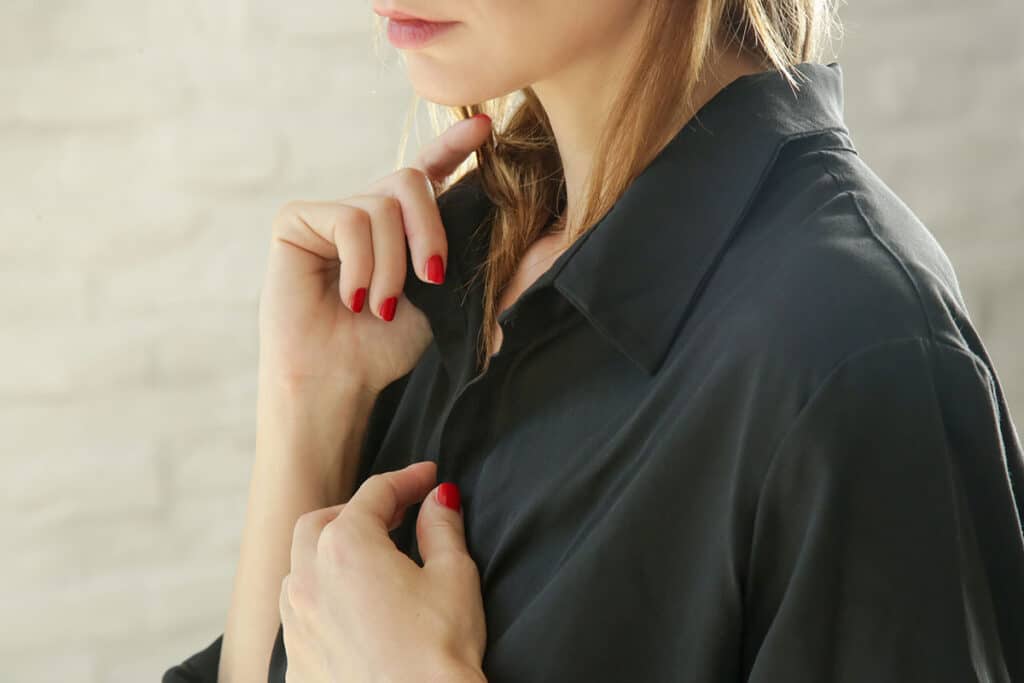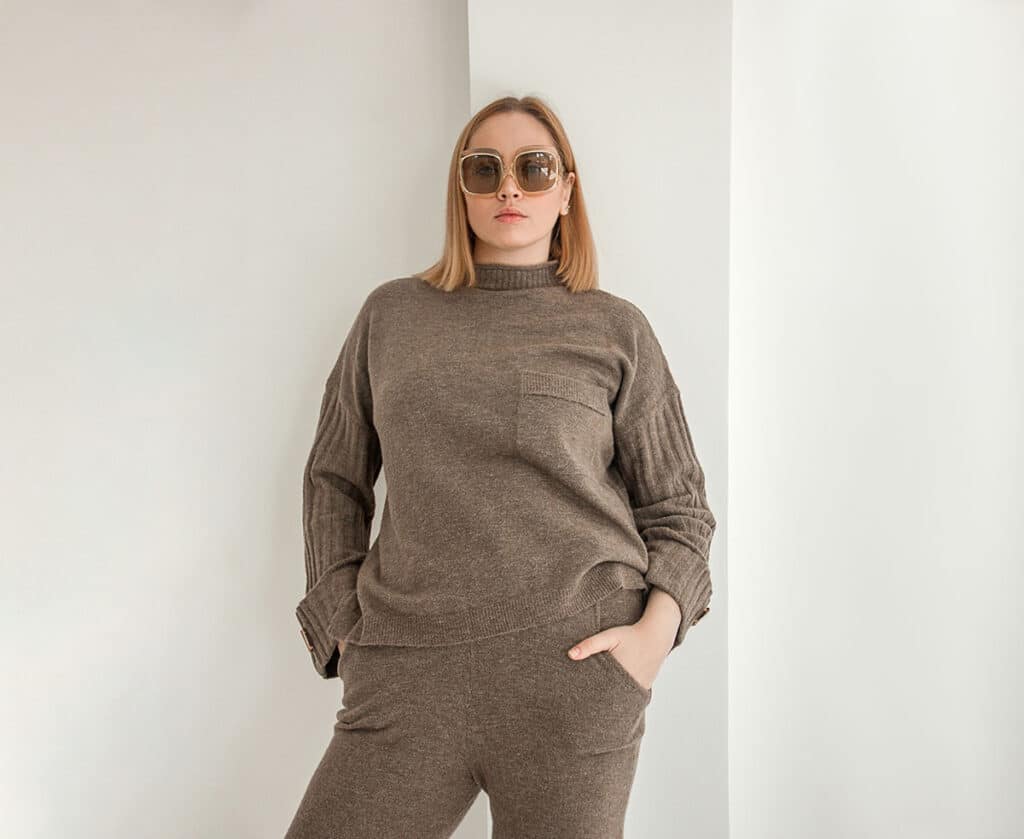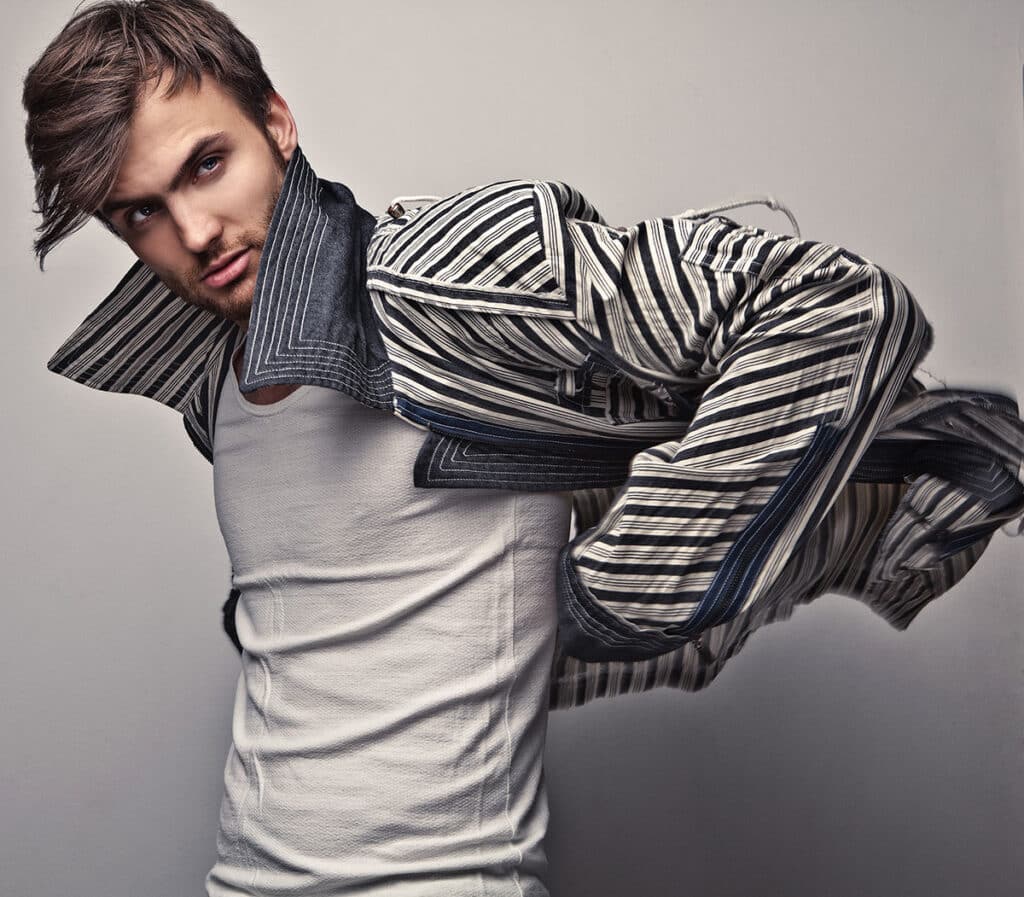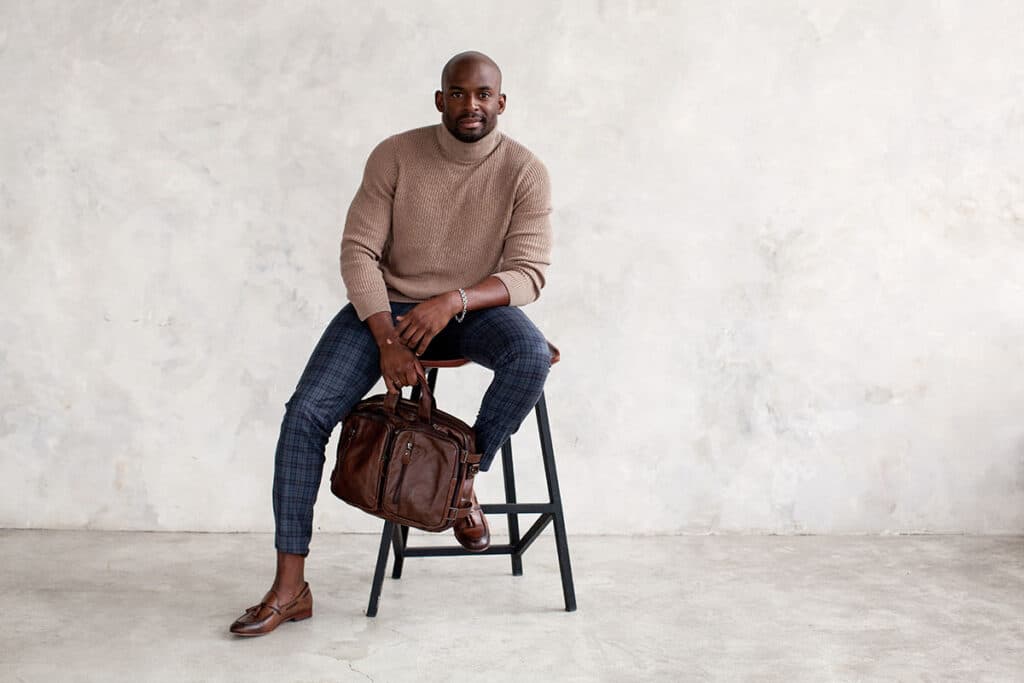How to Make a Modelling Portfolio
No Comments • Uncategorized • By Melissa

A modelling portfolio is a key tool for their success. They’ll take it with them to castings and auditions for a chance to land jobs. It’s therefore imperative that a model’s portfolio is high-quality and eye-catching – it needs to stand out from hundreds of other aspiring models.
Read on to discover out top tips for making a modelling portfolio.
The Purpose of a Modelling Portfolio
Think of a modelling portfolio as a CV or resume; it showcases all your previous modelling experiences and expertise, and tells potential employers why you’re a good fit for their job. And just like a CV, your printed portfolio needs to be fine-tuned so it shows all your best, most relevant work.
Your portfolio should contain up to 20 high-quality photos. Most portfolios are around A4 in size. It should also contain certain information including:
– Your name and age
– Your body measurements (bust or shoulders if you’re male, waist, hips)
– Your UK dress size
– Your UK shoe size
– Your contact details
– The contact information of your agency, if you have one

How to Create a Portfolio
The first step – and the most important – is to focus on having some amazing images. These photos need to show off your range and experience as a model, and allow prospective employers to get an idea of what you’d look like fronting their campaign. It’s therefore important to include lots of different types and styles of photos to give viewers the most versatile, broad range of what you can do. It will become clear pretty quickly if you’re a one-trick pony who can only do close-up beauty shots!
It’s advised that you include both full-length body shots as well as close-ups. Include some profile shots along with your headshots. Models will include photos they have had done through previous work, but if you’re a new model with no experience yet you will need to book a professional photographer to help you out – read more about that below.
Once your photos are sorted, you’ll need someone to print them off in the highest-quality possible. If a photo looks blurry or out of focus, bin it or don’t include it in your portfolio – only the best of the best should be accepted.
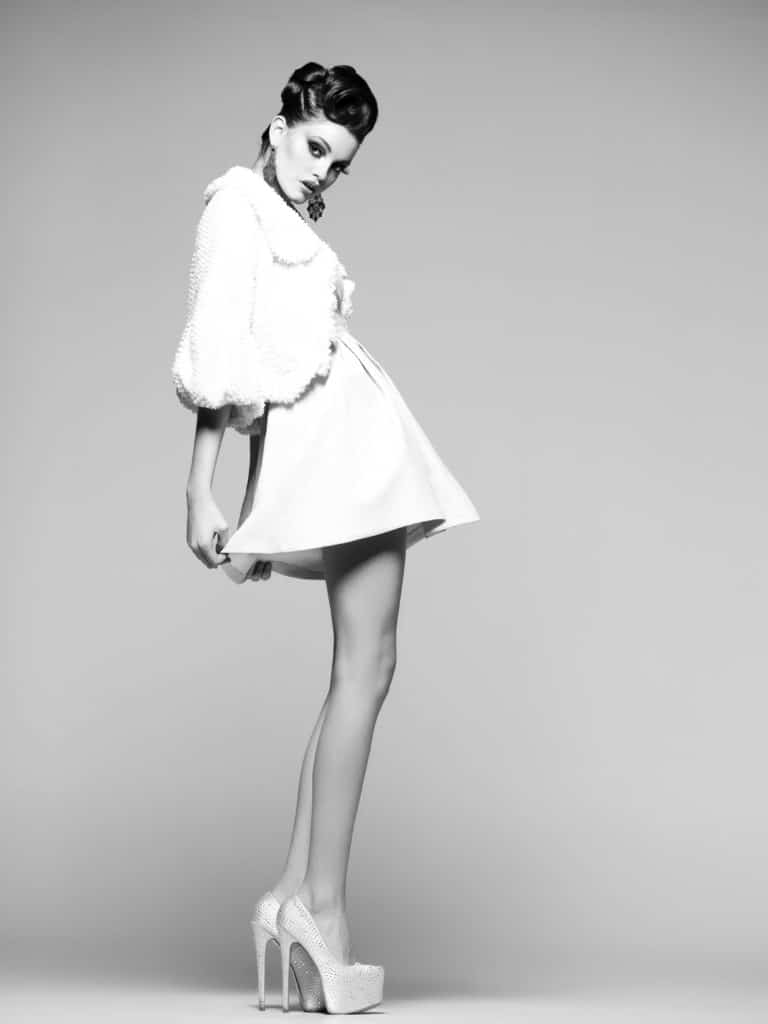
Your First Photoshoot Experience
If you’re an aspiring model who has yet to have any experience in front of the camera, don’t panic – they all have to start somewhere! Start out by researching the best photographers in your area. You want one ideally that works with modelling and people (not a landscape photographer, for example). That way, you know they’ll understand lighting and other important factors to good photography. Having a good photographer is vital as the outcome of the photos rests on your collaboration with them.
Ask to see a portfolio of their previous work and make sure you like the style.
Remember that this will be a learning curve for you – no one expects you to be a perfect model on your very first day of shooting. Shooting in a professional environment is very different to taking a selfie, and it might take you a while to find your feet. Don’t panic and have some self-confidence. Follow the direction of the photographer and ask to see the photos between takes so you can learn how to adjust and improve.
You will discuss your requirements and hopes for the photo shoot beforehand, as well as details about outfits, hair, makeup etc. If you are not used to styling yourself yet, it might be worth hiring a professional hair stylist and makeup artist to help style you on the day. Try and have a plan in your head of what you’re after. Include lots of different outfits and styles. Research top model portfolios for inspiration.
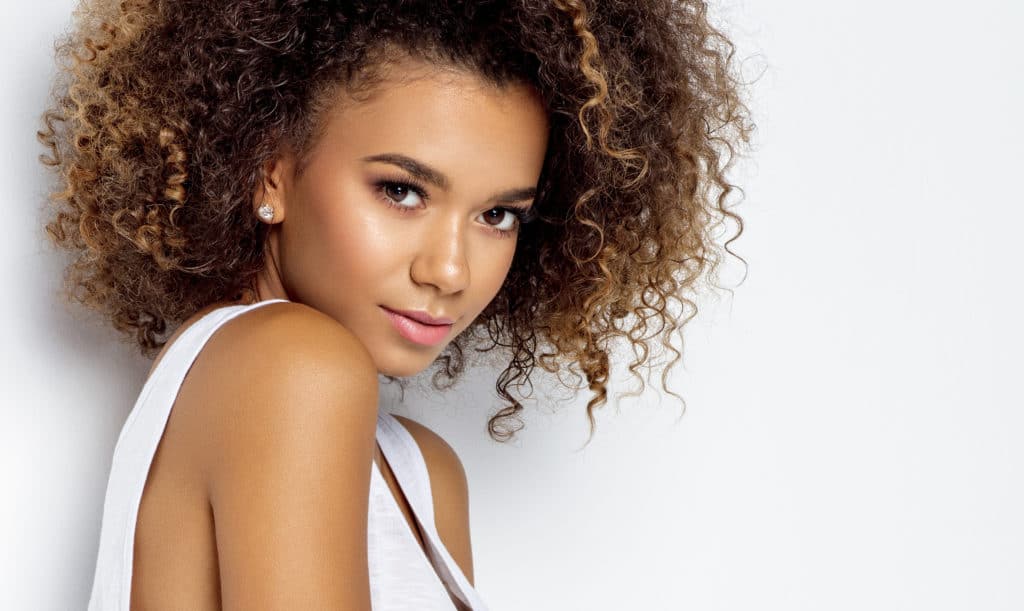
Portfolio Advice
There are some tips and tricks you should include to give your professional portfolio a boost. Firstly, include one of your best photos at the front – this will entice viewers to keep turning those pages. Don’t forget to intersperse the portfolio with more page-turning images, and finish on a high to leave them wanting more.
You should personalise the type of images featured in your portfolio to sync with the specific genre of modelling you wish to enter into. For example, if your eyes are on high-fashion modelling, make sure to include catwalk or editorial-style images. If you want to be a fitness model, be sure to include more athletic, fitness-inspired shots. If you want to be a bikini model, include plenty of swimsuit photos. If you want to be an alternative model, make sure you feature your tattoos… you get the idea!
Don’t skimp on the printouts. Invest in good, high-quality photos to include in the portfolio.
Never lie or “round up/down” your measurements. People need to know these measurements for an important reason, and if you lie about it you will soon be discovered at the fitting/audition. This may even lose you work, so it’s not worth doing – be honest and accurate with any measurements.
You should remember to update your portfolio regularly as you gain more work and experience, and as your modelling information changes.
Don’t forget to practice, practice, practice! Practice your posing and the different expressions and emotions you can portray. Practice in front of a camera as well as in front of a mirror, as the two will portray a different image.

What is an eFolio?
An eFolio is like an online modeling portfolio. It’s handy because it allows you to send a link to anyone at any time, anywhere. This means you can apply for jobs that are further afield and allow others to see your modelling experience.
Like your physical portfolio, your online portfolio should also feature your modelling details and information. But unlike your portfolio, it’s virtual so you don’t have to carry it around all the time. It also allows for more space, meaning you can showcase more of your amazing versatility in your photos.
Some models like to include a blog feature on their model portfolio website as it gives them a chance to create more of a personality on their site and show off about some of their modelling or entrepreneur experiences.
Can I Use Social Media As My Modelling Portfolio?
Utilising social media, specifically Instagram, is a great way to build a fanbase and get noticed by agencies and brands. However, just having a social media presence is not professional enough. You’ll need your portfolio as it’s customary to have a physical folder with you at job interviews and casting calls.
Facebook and Twitter are also commonly used by models to have an online presence, though as its primary function is photos, Instagram is the ideal platform for professional models to use.



